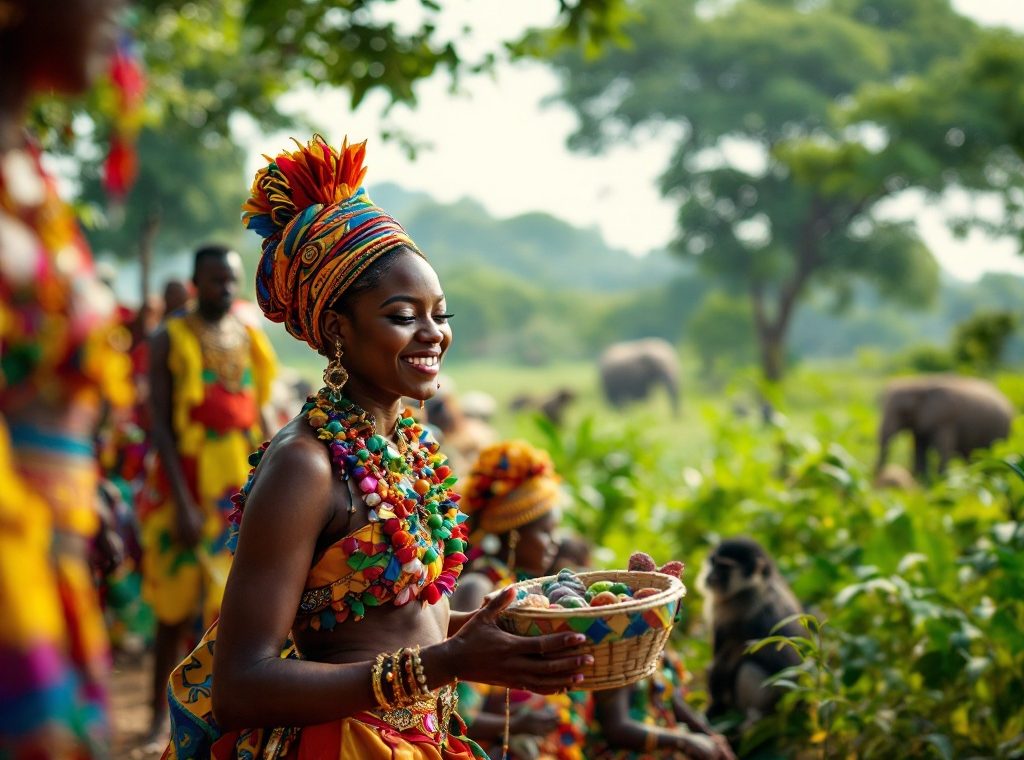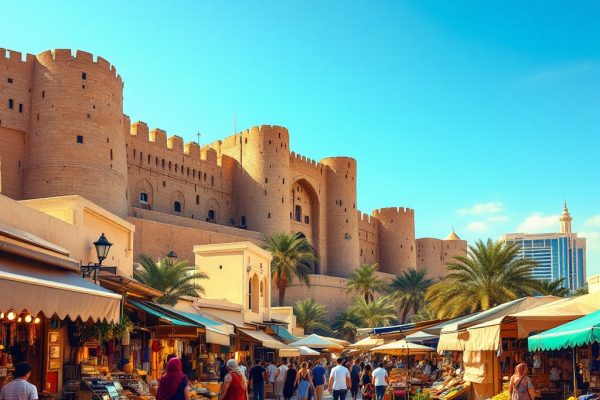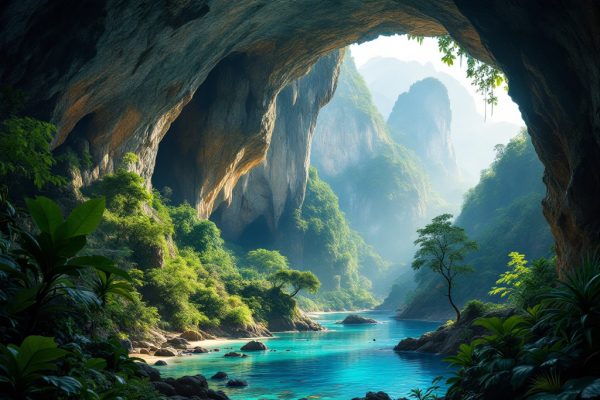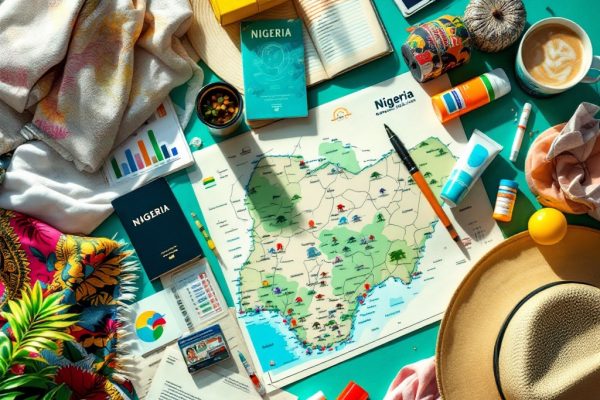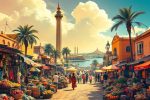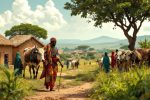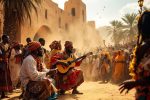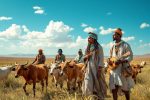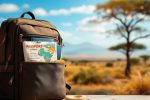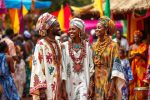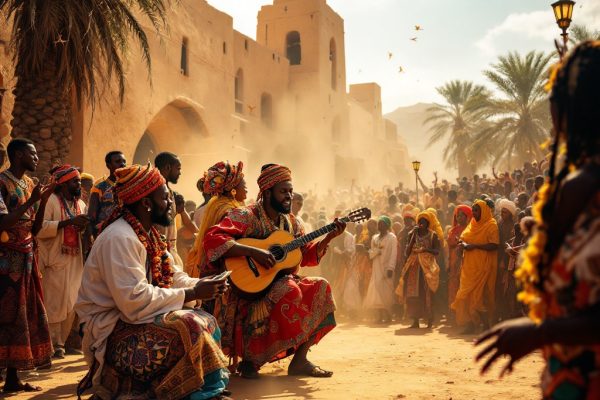When Is the Best Time to Travel to Nigeria: A Month-by-Month Guide
Dreaming of exploring Nigeria? Discover the best times to experience its vibrant culture and diverse landscapes! From the bustling Calabar Carnival in December to the serene beauty of Yankari National Park during the dry season (November-May), this guide unlocks the secrets to planning your perfect Nigerian adventure. Learn about the ideal weather conditions for wildlife spotting, navigating the rainy season (April-October), and immersing yourself in the country’s rich festivals. Uncover insider tips for a smooth trip, from packing essentials to respecting local customs. Start planning your unforgettable journey today!
Important information
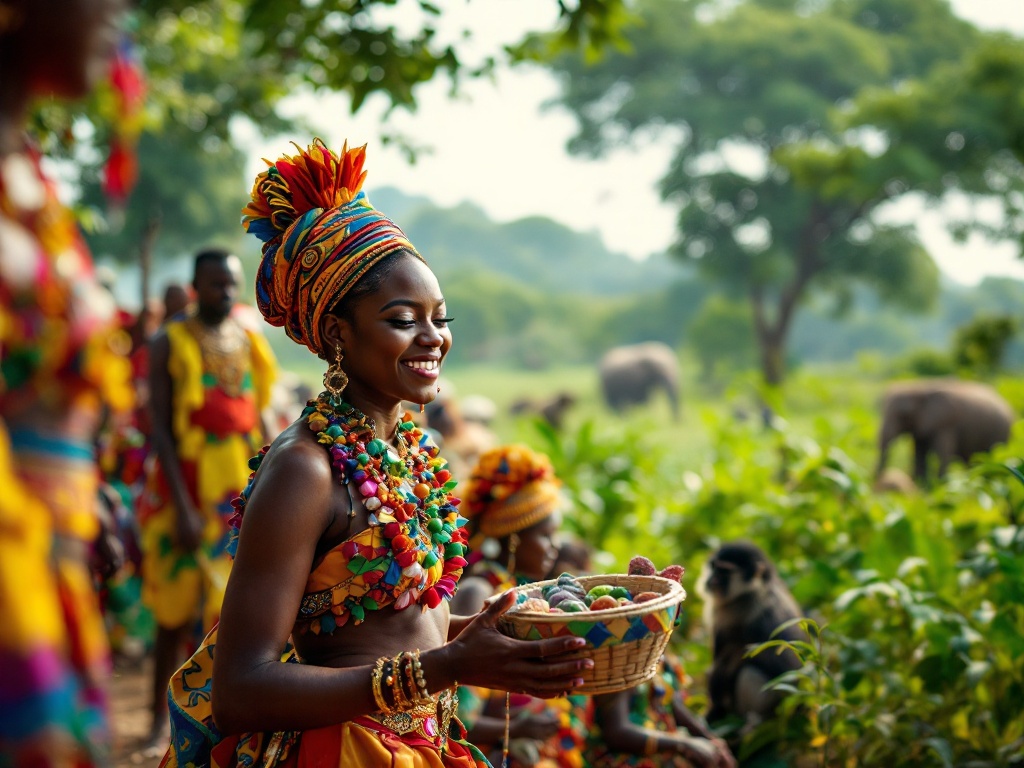
- Nigeria has a tropical climate with a dry season (November-March) and a rainy season (April-October). The north is hotter and drier than the south.
- The best time to visit is during the dry season, especially November to January, for pleasant weather and lower prices. December is the peak month with festive activities.
- Wildlife viewing is best in the dry season (November-April), particularly February and March. Book in advance due to higher demand.
- The rainy season offers lush scenery but can disrupt travel with flooding, especially in the south. Be prepared for wet conditions.
- Nigeria has many cultural festivals. Key events include Calabar Carnival (December), Osun-Osogbo Festival (August), and Durbar festivals (various times).
Understanding Nigeria’s Climate and Weather Patterns
Nigeria’s tropical climate varies significantly based on latitude and altitude. The northern region experiences scorching temperatures, often exceeding 40°C. Conversely, the south averages a milder 32°C, but with significant humidity. A dry season, characterized by reduced rainfall and humidity, occurs from November to March. From April to October, the rainy season brings heavy downpours, especially in the south.
Dry Season vs. Rainy Season: What to Expect
Nigeria’s dry season runs from November to January, offering sunny days and cool nights. The rainy season lasts from April to October, with the south experiencing heavier rainfall than the north. Rain might start as early as February or March in the south, while the north typically sees rain starting in April. This rainy season, while bringing lush greenery, can also cause flooding.
Harmattan Winds: A Seasonal Cooling Effect
The harmattan winds, originating from the Sahara Desert, significantly influence Nigeria’s dry season, typically starting in December. These dry, dusty winds bring cooler air, providing a welcome break from the heat. January is especially pleasant, with temperatures ranging from a comfortable 20°C to 32°C (68°F to 90°F). However, the harmattan also lowers humidity.
Month-by-Month Guide to Visiting Nigeria
Nigeria’s dry season begins in November, making it an ideal time for travel. The warm, dry, and less humid weather from November to January creates perfect conditions for outdoor activities and exploration.
Budget travelers will find January particularly appealing, as prices decrease and crowds diminish. This period also offers a variety of cultural events.
December shines as the prime month to visit, blending fantastic weather with a festive atmosphere.
November to January: The Ideal Travel Window
Experience Nigeria between November and January for pleasant weather, vibrant culture, and budget-friendly adventures. The cooler, drier air makes sightseeing and outdoor exploration comfortable. This period also coincides with numerous festivals showcasing Nigeria’s creative arts. Lower prices during these months make it an ideal time for budget travelers.
December: Embracing the Festive Mood
Experience the vibrancy of Nigeria this December. The country comes alive with festive energy, rich cultural displays, and lively music. Local festivals offer a unique glimpse into Nigerian culture, immersing travelers in the heart of celebration. The post-rainy season landscape flourishes, creating a beautiful backdrop for exploring the refreshed countryside.
February and March: Wildlife Spotting Opportunities
Visit Nigeria’s national parks in February and March for the best wildlife viewing experience. These months offer peak visibility, ideal for eco-tourism and incredible animal sightings.
April to October: Navigating the Rainy Season
Nigeria’s rainy season extends from April to October. The southern region experiences heavier rainfall than the northern region. Rainfall and humidity are at their highest in April. October offers a transition to the dry season with less rain and comfortable temperatures, averaging around 99mm of rainfall compared to September’s 235mm. Temperatures typically range between 20°C and 31°C. Travelers should be prepared for wet conditions, especially in the south, where flooding and mud can disrupt travel. However, the rains also create lush and vibrant scenery.
Rainfall
The rainy season lasts from April to October. The south experiences significantly heavier rainfall than the north. Peak rainfall and humidity occur in April.
Temperature
Temperatures typically range between 20°C and 31°C. October marks a pleasant transition to the dry season with less rain and comfortable temperatures.
Travelers should be prepared for wet conditions, particularly in the south, where flooding and mud can disrupt travel. However, the rains also bring forth lush and vibrant scenery.
August to October: Festival Season Highlights
Nigeria comes alive with cultural vibrancy from August to October, offering a unique glimpse into its rich heritage. The Osun-Osogbo festival, a major event in August, showcases traditional rituals, captivating art, and dynamic performances. While rain is expected, it only adds to the already electrifying atmosphere.
Exploring Nigeria’s Cultural and Natural Attractions
Nigeria’s national parks are a haven for diverse wildlife. Yankari National Park offers sightings of elephants, lions, and baboons, especially during the dry season (November to May) when visibility is optimal.
- Cross River National Park, teeming with wildlife during the dry season.
- Gashaka Gumti National Park, also rich in animal life during the dry months.
Nigeria’s vibrant culture shines through its festivals. Experience the colorful Calabar Carnival, “Africa’s Biggest Street Party,” in December.
- Osun-Osogbo Festival, a celebration of the river goddess, held in August.
- Durbar festivals, showcasing equestrian displays and tradition, occur year-round in northern cities.
- Eyo Festival, a unique masked festival in Lagos, held at various times throughout the year.
Wildlife and Nature: Best Times for Eco-Tourism
Nigeria’s dry season, spanning November to April, offers ideal conditions for wildlife viewing in its stunning national parks. The clear visibility during these months makes wildlife spotting easy. February and March are particularly rewarding for eco-tourism, offering prime animal sightings and pleasant weather. However, the popularity of these months also results in higher prices and increased tourist traffic. Therefore, consider booking accommodations and tours in advance.
When to Visit Nigeria for Wildlife Viewing
The dry season, from November to April, is the best time to observe wildlife in Nigeria’s national parks. Visibility is excellent during these months, making it easier to spot animals.
Peak Season and Booking Advice
February and March offer prime wildlife viewing opportunities and comfortable weather, but they also attract more tourists and higher prices. Booking accommodations and tours in advance is highly recommended.
Festivals and Events: A Cultural Extravaganza
Nigeria pulsates with vibrant festivals, particularly from August to October, culminating in a grand celebration of arts in November. A highlight is December’s Calabar Carnival, known as “Africa’s Biggest Street Party”. August features the unique Osun-Osogbo Festival. Northern cities celebrate Eid with the Durbar Festival. Lagos hosts the mesmerizing Eyo Festival. Between February and March, the Argungu Fishing Festival attracts many visitors. These diverse events showcase Nigeria’s rich cultural tapestry.
Calabar Carnival (“Africa’s Biggest Street Party”) takes place in December.
Osun-Osogbo Festival is celebrated in August.
Durbar Festival marks Eid in northern cities.
Eyo Festival captivates audiences in Lagos.
Argungu Fishing Festival draws crowds between February and March.
Planning Your Trip to Nigeria
Planning a trip to Nigeria? Consider these points for a smooth and enriching experience:
When to Go
Nigeria’s diverse weather influences the best time to visit. The dry season offers pleasant conditions for exploring, while the rainy season brings lush landscapes but potential travel disruptions. Public holidays can impact both costs and availability.
What to Pack
Pack light clothing for the dry season, but include waterproof gear for the rainy season. Consider the activities you’ll be pursuing and the local customs when choosing your attire.
Before You Go
- Ensure your passport is valid and check visa requirements.
- Research local customs and safety tips.
- Learn about necessary health precautions, including recommended vaccinations.
- Learning basic local phrases can enhance your interactions.
Travel Arrangements
- Pre-book transportation and accommodations.
- Consider hiring local guides for a more immersive experience.
- Pack clothing suitable for the climate and your planned activities.
- Keep in mind local infrastructure and road conditions.
- Decide if independent travel or an organized tour better suits your style.
Travel Tips and Weather Considerations
Planning a trip to Nigeria? Travel smart and save money by booking your adventure around public holidays. Pack light clothing for the dry season, which runs from November to March. Don’t forget waterproof gear for the rainy season, lasting from April to October. While exploring Nigeria’s vibrant culture and delicious cuisine, prioritize safety by being mindful of your surroundings. Respect local customs and traditions for a truly enriching experience.
Tips for your Trip to Nigeria
- Save money by booking your trip around public holidays.
- Pack light clothing for the dry season (November to March).
- Bring waterproof gear for the rainy season (April to October).
Safety and Cultural Sensitivity
- Be mindful of your surroundings for safety.
- Respect local customs and traditions.

